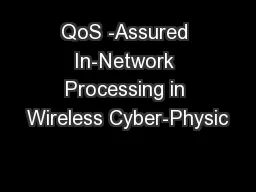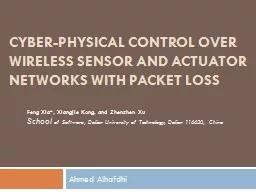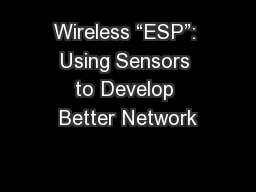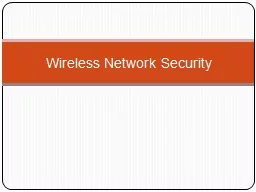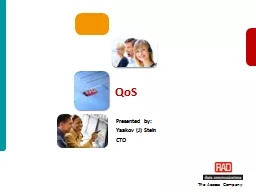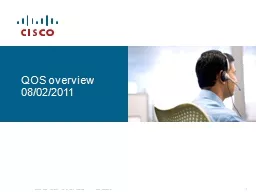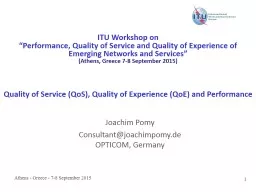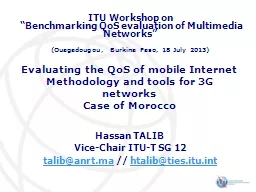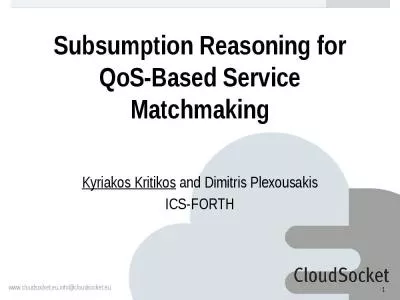PPT-QoS -Assured In-Network Processing in Wireless Cyber-Physic
Author : conchita-marotz | Published Date : 2018-01-18
Qiao Xiang Advisor Hongwei Zhang Outlines Introduction InNetwork Processing Methods QoSAssured INP in WCPS Open Issues Conclusion Outlines Introduction InNetwork
Presentation Embed Code
Download Presentation
Download Presentation The PPT/PDF document "QoS -Assured In-Network Processing in Wi..." is the property of its rightful owner. Permission is granted to download and print the materials on this website for personal, non-commercial use only, and to display it on your personal computer provided you do not modify the materials and that you retain all copyright notices contained in the materials. By downloading content from our website, you accept the terms of this agreement.
QoS -Assured In-Network Processing in Wireless Cyber-Physic: Transcript
Download Rules Of Document
"QoS -Assured In-Network Processing in Wireless Cyber-Physic"The content belongs to its owner. You may download and print it for personal use, without modification, and keep all copyright notices. By downloading, you agree to these terms.
Related Documents

